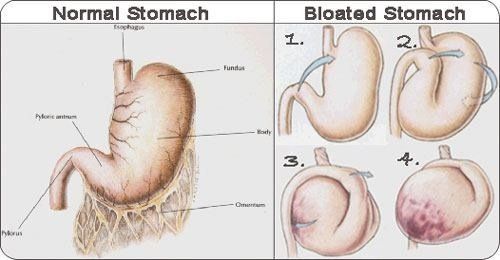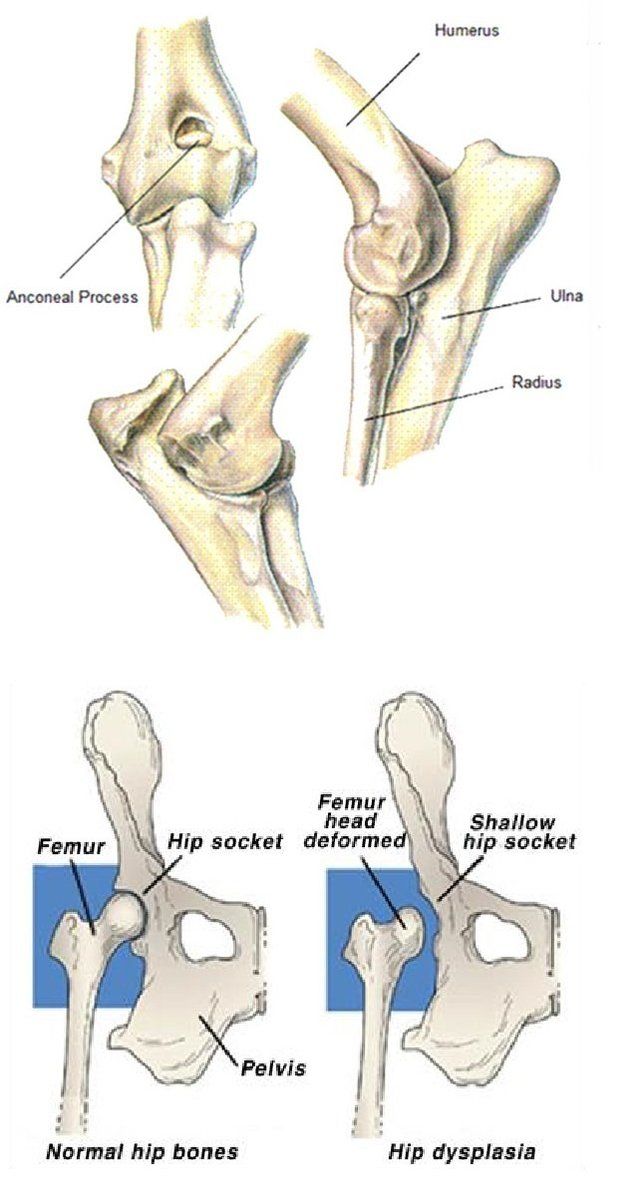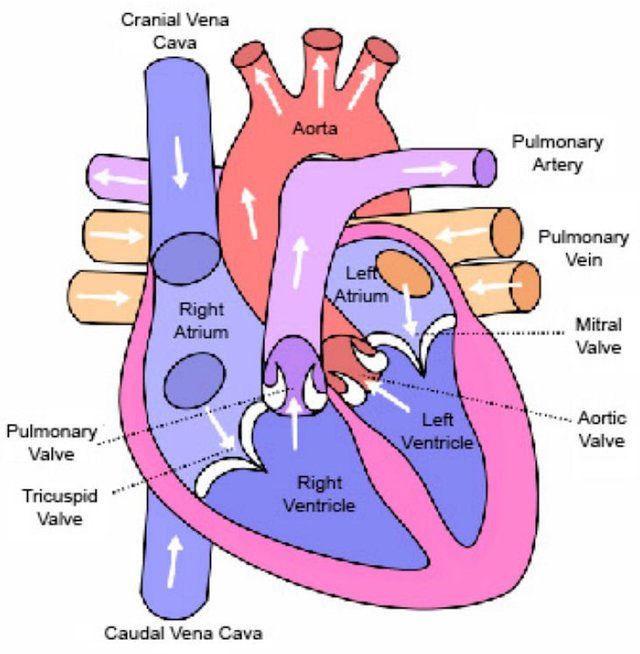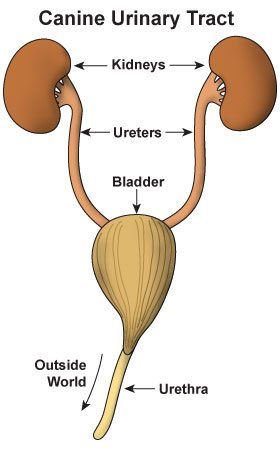Everything you need to know
Joint Newfoundland Club's Health Database
The Northern Newfoundland Club, The Newfoundland Club and the Southern Newfoundland Club have created and are maintaining a single joint health data database which was launched in 2010
The database has it's own web site and the data presented here is directly mirrored from that site. It is intended to provide a useful resource for persons considering the purchase of a Newfoundland puppy and for selecting stud dogs or females for breeding.
Much of the above information is reproduced from the excellent article by Sue Benyon which appeared in the February 2009 issue of The Newfoundland Club Newfletter.
We strongly recommend that you download and read the article carefully, it contains much more information than we have included here.




